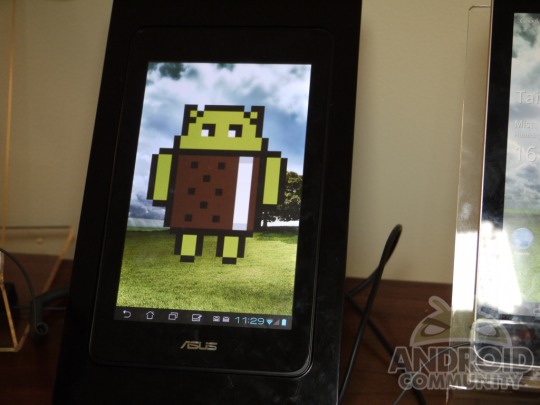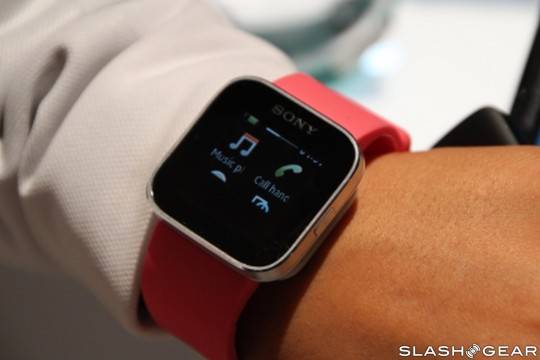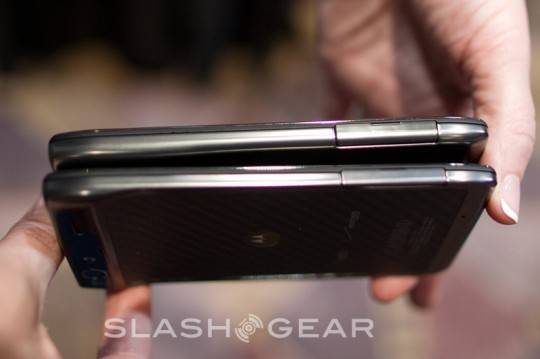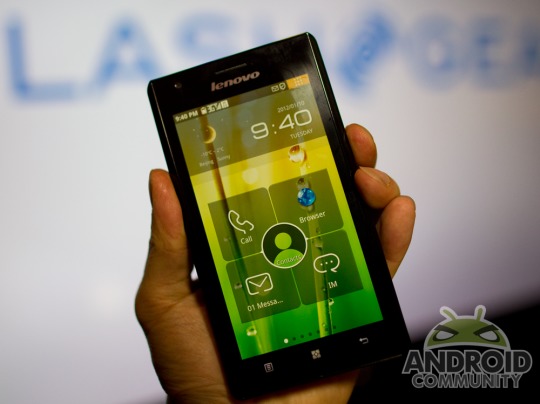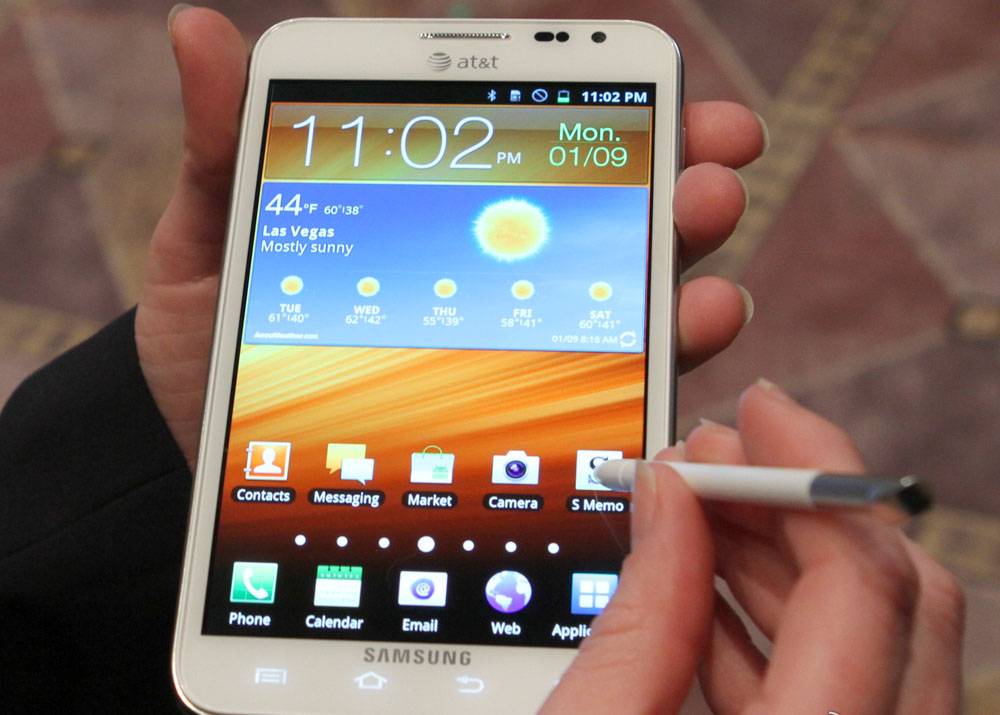
The Consumer Electronics Show is the grandaddy of ’em all when it comes to technology conferences, and with Android’s rise to the top of the mobile world, that means there was plenty of phones and tablets on hand. For consumers, the big guns at Samsung, HTC, Motorola and Asus were out in full force. most of the devices seen at the 2012 show will be appearing on shelves in the next six months or so. Here are the ones you’ll want to look forward to (be sure to check our CES 2012 portal for all the stories):
AT&T Samsung Galaxy Note LTE
In the United States we’ve had to wait a long, long time for the Galaxy Note to come to officially launch on a carrier, but the wait is almost over. AT&T announced at its press conference that the much-anticipated flagship phone would launch exclusively on Ma Bell in the US, which Samsung confirmed in its own conference hours later. There are a couple of important distinctions between the international version and AT&T’s flavor: one, it’ll work on the new LTE network, which in AT&T’s case is playing catch-up to Verizon. And two, the US version will shift from Samsung’s preferred 3-button layout to the four standard Android capacitive buttons, which we don’t have a problem with. Though there’s no news on a price or release date, we’re just glad to hear that it will be coming our way soon.
Asus MeMO 370T
Asus announced a slew of new tablets at CES, including a 1080p refresh of the Transformer Prime. But what we’re really impressed with is the MeMO 370T, a 7-inch Ice Cream Sandwich running on Nvidia’s Tegra 3 system-on-a-chip. The kicker: it’ll go for a song at $250. That’s fighting for market share with the Amazon Kindle Fire and Barnes & Noble Nook Tablet, both of which have significantly weaker hardware and non-standard software. The cheaper side on Android tablets is the quickest-growing section, and it looks like Asus intends to right smack-dab in the middle of it. The MeMo 370T will be out sometime in the second quarter.
Asus Padfone refresh
The MeMO impresses via a combination of high-end features and a low price, but for real innovation, you’ve got to check out the Padfone. The concept has been refined since we saw it last year, but the hardware is still a long way from ready – the combination of phyisical and virtual buttons in Ice Cream Sandwich is a dead give-away. That said, it’s still a great idea (depending upon who you ask): instantly upgrading your smartphone to a tablet, with an extra battery and access to all your apps and data without syncing. The refreshed hardware takes advantage of Ice Cream Sandwich’s dual identity. If the idea catches on, this could become a brand new product category – and do away with at least some of wireless carriers’ insistence that people pay twice for data. Expect to see more complete hardware and software around Mobile World Congress.
Sony Xperia SmarWatch
Yes, the Nozomi was revealed to be the Xperia Ion (or the Xperia S, depending upon where you live) but we’re more excited to see a return to the LiveView concept, which we feel didn’t get a fair shake the first time around. The new Sony Ericsson SmartWatch is a new Android-based watch which has a full touchscreen (as opposed to just the sides like the original) and a collection of mini-apps pre-loaded. The SmartWatch can pair with a standard phone via Bluetooth, but it can also function well enough on its own. Like the Motorola MOTOACTV, Sony is putting a focus on exercising, plus the usual call/text/social alerts. Most impressively, it’ll get apps from the Android Market, and the rated battery life is 2-4 days depending on use. Sony expects the SmartWatch to go on sale in the next two months for $149.99.
Motorola DROID RAZR MAXX
If you bought the DROID RAZR on the first day it was released back in November, best to avert your eyes now. In addition to finally confirming the DROID 4, Motorola and Verizon announced the DROID RAZR MAXX, which stays the same as its predecessor except for a slightly larger profile and a massive 3,300mAh battery. That’s much larger than most extended batteries on sale, though the battery in the MAXX is still non-removable. According to Motorola, it should last for an impressive 21 hours with regular use. While we would have liked to have seen Ice Cream Sandwich or a 720p display on new hardware, such extensive changes probably would have made current RAZR owners pretty upset – or at least ,more upset than they are now. The DROID RAZR MAXX is expected to hit stores soon with a $300 price tag.
Lenovo Racer-A
Easily the most important step forward for Android smartphones was Lenovo’s Racer-A, also known as the K800. There’s nothing particularly incredible about its specifications – Gingerbread runs on 1GB of RAM with a 4.5-inch 720p display and Lenovo’s familiar interface. What’s noteworthy about the Racer-A is the 1.6Ghz processor: there’s Intel inside. The phone is the very first to run Intel’s Medfeild system-on-a-chip, and represents the chip maker’s return to the mobile market, which it hasn’t seriously competed in since the days of the old Xscale processors. The Racer-A is unlikely to make it to American shores since Lenovo’s smartphone business isn’t currently active in North America, but if the phone is a hit in Asia, expect more Intel-based designs to show up in the United States in late 2012 or early 2013.
So, which is the most important? We’re partial to Asus’ MeMO ourselves – with the tablet market exploding, a solid Ice Cream Sandwich machine at a near impulse buy price could change the landscape for good. Even if Asus can’t pump out the sheer numbers to compete with Apple, expect Samsung and others to answer the call and drive Android tablet adoption to new heights. We’re looking forward to bringing you hands-on and reviews of as many of these smartphones and tablets as we can grab in the next few months. Expect Mobile World Congress in February to be even more chock-full of Android goodness.


